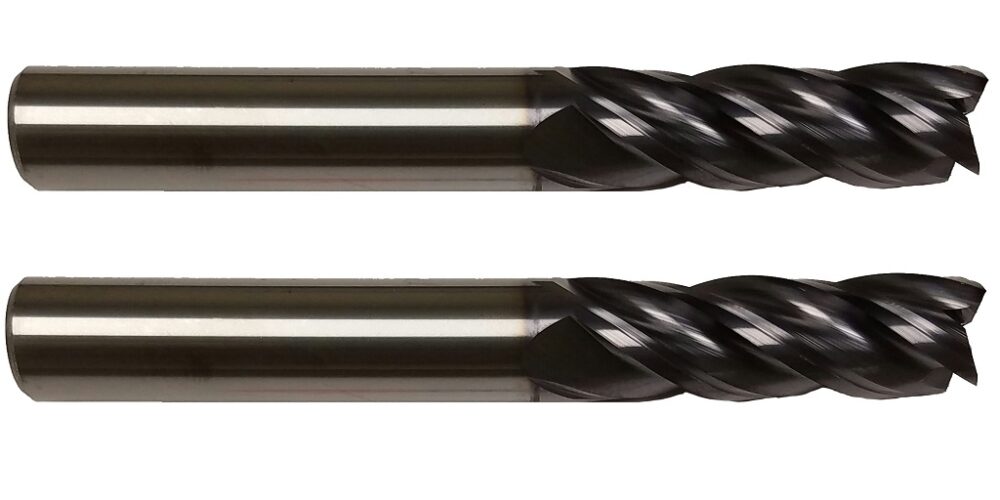When it comes to machining at high speeds, tool chatter is one of the biggest issues that machinists have to deal with. Chatter is not just loud, but it can affect the finish of your workpiece. One of the best ways to reduce chatter is to use a variable end mill.
What is Tool Chatter?
Tool chatter is a loud and irritating noise caused by tool vibration. While this sound can definitely be an annoyance for machinists, it can also affect the look and feel of your finished product. Basically as milling cutters rotate at high speeds, the tools will naturally start to oscillate. These oscillations are extremely small, but they can have a big impact.
The loud noise of tool chatter is a direct result of these oscillations causing the tool to hit the workpiece with different amounts of force, essentially causing countless small impacts as the cutting edge is slammed against the sides of your workpiece while they cut. The regular impact forces are amplified by the regular impact of the cutting edges against the workpiece.
Issues with Conventional End Mills
Conventional cutting tools are designed to be perfectly symmetrical. This means that in a four flute end mill, all of the cutting edges are spaced 90 degrees apart. This keeps the tools extremely strong and helps them distribute force evenly, but it also can increase the internal vibrations of the tool. The even spacing of these tools means that the timing is uniform between each hit and that uniform timing can increase the cutter’s internal oscillation and increase tool chatter as the speed of the cutter is increased. In order to prevent this, variable end mills are designed to lack the perfect symmetry of conventional tools.
Variable End Mills
While it may seem counterintuitive, variable end mills are actually designed to be asymmetrical. Obviously this involves some precise calculations in their design to ensure that they are not perfectly symmetrical while also still being stable enough that the internal forces on the end mill will not cause damage to the cutter.
There are two different types of variable end mills, variable helix and variable flute end mills. Variable helix mills are designed with asymmetrical helix angles while variable flute end mills have asymmetrical flute spacing. Both of these styles are designed to change the degree of impact forces when the tools strike the workpiece’s surface.
When you use variable end mills, the forces of each cut that the tool makes is going to be different. This helps to break up the regular forces and prevent tool oscillation. To imagine this on a larger scale, imagine a swinging pendulum. When normal force is applied at the apex of each swing, the pendulum will continue to cover the same arc just like how normal force on end mills causes regular oscillations in tools. By changing the force that is applied to the pendulum, the pattern of its swing will become more unpredictable like the internal oscillations of a variable tool. This lack of regular oscillations will help to prevent your tools from producing the regular vibrations that lead to tool chatter.
If you want to find some great variable end mills for your shop, then Online Carbide is the shop for you. All of their tools are precision manufactured from high quality carbide tool stock and their inventory includes a selection of high performance tools including variable helix end mills. All of their tools are available at manufacturer direct prices when you visit www.onlinecarbide.com.












